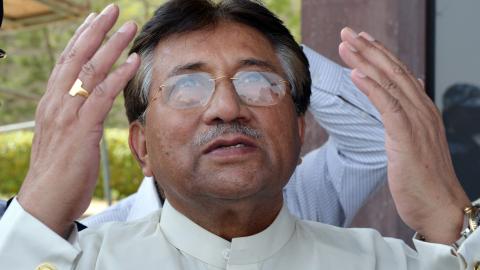Pakistan’s fourth military ruler, Gen. Pervez Musharraf, who died in Dubai on Sunday, reflected the contradictions and paradoxes that continue to trouble his country more than a decade after his removal from office.
A military man with a learned contempt for civilians, he assumed absolute power in a military coup in 1999 promising to restore democracy, rebuild the economy, and bring an end to terrorism. He failed on all counts. He was driven from power in 2008 by civilians intent on making an example of him, targeting him with prosecution that preceding military rulers had evaded. He went into exile and assumed a much lower profile.
After his ouster, a semblance of order was made possible with billions of dollars in assistance from the United States and its allies. But the order was only skin-deep. In reality, Pakistan has hurtled from crisis to crisis since Musharraf’s departure. Its democracy remains precarious, its economy is on the brink of default and terrorism has become an even greater threat. Nuclear-armed Pakistan is an incredibly consequential country, and its current trajectory owes a lot to Musharraf’s mixed legacy.

















